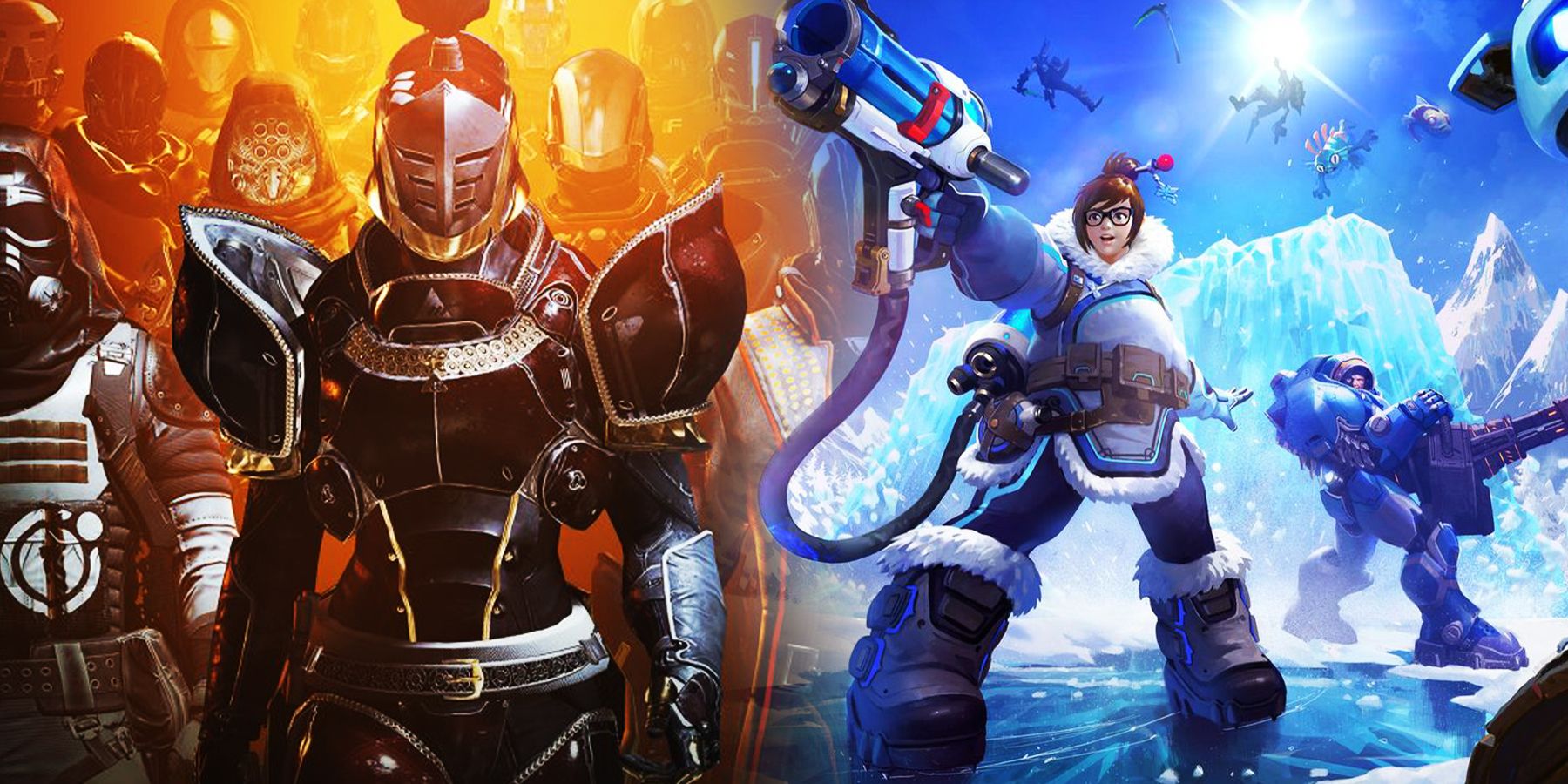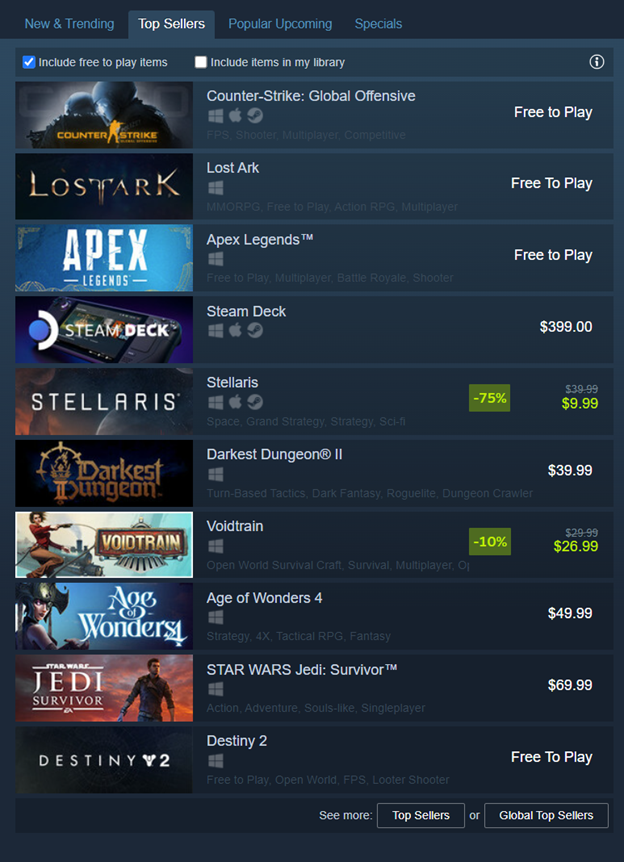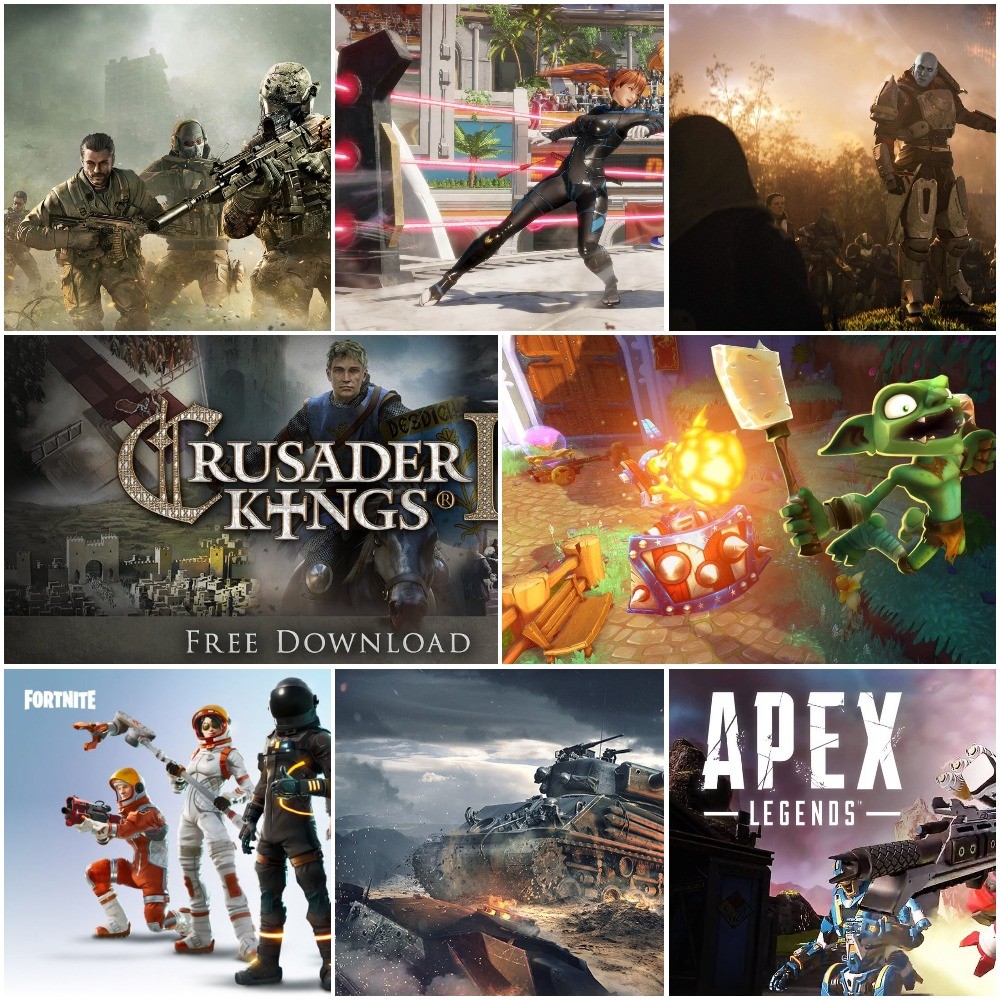The Evolving Landscape of Free-to-Play Games in 2025
Related Articles: The Evolving Landscape of Free-to-Play Games in 2025
Introduction
With enthusiasm, let’s navigate through the intriguing topic related to The Evolving Landscape of Free-to-Play Games in 2025. Let’s weave interesting information and offer fresh perspectives to the readers.
Table of Content
The Evolving Landscape of Free-to-Play Games in 2025

The gaming industry has witnessed a dramatic shift towards free-to-play (F2P) models, particularly in the online sphere. This trend is expected to continue and evolve in the coming years, with 2025 marking a significant milestone in the development of free-to-play games. This article explores the key aspects of this evolving landscape, delving into the diverse genres, monetization strategies, and potential impact of F2P games in 2025.
The Rise of Free-to-Play: A Paradigm Shift in Gaming
The free-to-play model has revolutionized the gaming industry by removing the traditional barrier of entry, making games accessible to a wider audience. This accessibility has led to a surge in player numbers, creating a massive and diverse player base.
Genres Embracing the Free-to-Play Model
The F2P model has permeated various gaming genres, from the established staples like MMORPGs and MOBAs to emerging categories such as battle royale and hyper-casual games.
-
MMORPGs: Massively multiplayer online role-playing games (MMORPGs) have been early adopters of the F2P model, offering expansive worlds and engaging gameplay experiences. Examples like "World of Warcraft," "Final Fantasy XIV," and "Black Desert Online" have successfully transitioned to F2P models, attracting new players and retaining existing ones through microtransactions for cosmetic items, character boosts, and exclusive content.
-
MOBAs: Multiplayer online battle arena (MOBA) games, such as "League of Legends," "Dota 2," and "Heroes of the Storm," have embraced the F2P model, offering a competitive and strategic gameplay experience. These games monetize through cosmetic items, champion skins, and battle passes that provide exclusive rewards for players who invest time and money.
-
Battle Royale: The battle royale genre, popularized by games like "Fortnite" and "PUBG," has also adopted the F2P model, attracting a large and dedicated player base. These games often monetize through cosmetic items, battle passes, and in-game currency that can be used to purchase exclusive weapons, skins, and other in-game items.
-
Hyper-Casual Games: Hyper-casual games, characterized by simple gameplay and quick bursts of entertainment, have also embraced the F2P model, attracting a large mobile audience. These games typically monetize through in-app purchases for power-ups, ad removal, and other in-game advantages.
Monetization Strategies in Free-to-Play Games
The success of free-to-play games hinges on effective monetization strategies that balance player engagement and revenue generation.
-
Microtransactions: The cornerstone of F2P monetization, microtransactions offer players the option to purchase in-game items, currency, or advantages. These purchases are typically small, ranging from a few cents to a few dollars, but can accumulate over time, generating significant revenue for developers.
-
Battle Passes: Season-based battle passes offer players a tiered system of rewards, with players earning rewards by completing in-game challenges or spending real money to unlock tiers faster. This model provides a consistent source of revenue and encourages long-term engagement.
-
In-Game Advertising: Free-to-play games often feature non-intrusive advertisements, typically displayed during loading screens or in-game menus. This revenue stream helps offset development costs and provides an alternative monetization path for players who choose not to make in-app purchases.
-
Subscription Models: Some F2P games offer optional subscription services that provide access to exclusive content, perks, and benefits. These subscriptions can provide a steady stream of recurring revenue for developers and offer players additional value for their investment.
The Future of Free-to-Play Games: Trends and Predictions
The free-to-play model is expected to continue evolving, with developers focusing on creating more engaging and immersive experiences while optimizing monetization strategies to ensure long-term sustainability.
-
Enhanced Gameplay Experiences: F2P games are increasingly focusing on providing high-quality gameplay experiences, with developers investing in sophisticated graphics, immersive sound design, and compelling narratives. This shift emphasizes the importance of providing value to players beyond just monetization.
-
Personalized Content and Rewards: Developers are leveraging data analytics to personalize player experiences, tailoring content and rewards to individual preferences. This approach aims to increase engagement and satisfaction, leading to higher retention rates and increased spending.
-
Cross-Platform Play and Integration: The lines between different gaming platforms are blurring, with developers increasingly offering cross-platform play and integration across PC, mobile, and consoles. This trend allows players to access their favorite games and progress across multiple devices, expanding the reach and potential of F2P games.
-
Emerging Technologies: The integration of emerging technologies like virtual reality (VR) and augmented reality (AR) is expected to reshape the F2P landscape. VR and AR offer new avenues for immersive gameplay and innovative monetization strategies, potentially opening up new markets and attracting new players.
The Importance of Free-to-Play Games: Accessibility and Inclusivity
The rise of free-to-play games has democratized the gaming industry, making it accessible to a wider audience regardless of their financial means. This accessibility has fostered a more inclusive gaming environment, breaking down traditional barriers and encouraging diverse communities to participate in the gaming world.
-
Lower Barrier to Entry: The free-to-play model removes the financial barrier that often prevents individuals from experiencing the joy of gaming. This accessibility allows players of all backgrounds and socioeconomic statuses to enjoy high-quality games without upfront costs.
-
Increased Player Base and Diversity: By eliminating the financial barrier, free-to-play games have attracted a massive and diverse player base, encompassing individuals of all ages, genders, and backgrounds. This diversity enriches the gaming community and fosters a more inclusive environment.
-
Global Reach and Accessibility: Free-to-play games have a global reach, transcending geographical boundaries and language barriers. This accessibility allows players from all corners of the world to connect and interact, fostering a sense of community and global understanding.
FAQs about Free-to-Play Games in 2025
1. Are free-to-play games truly free?
While the initial download and access to core gameplay are free, F2P games typically monetize through microtransactions, battle passes, or in-game advertising. Players can choose to play the game without spending money, but they may encounter limitations or encounter a slower progression path compared to players who choose to make purchases.
2. Are free-to-play games fair for all players?
The fairness of F2P games is a complex issue. While some games offer a balanced experience where players can progress at a reasonable pace without spending money, others may employ mechanics that favor players who spend more. It’s crucial for players to be aware of the monetization model of a specific game before committing to it.
3. What are the risks of playing free-to-play games?
The primary risk associated with F2P games is the potential for excessive spending. Players who are susceptible to impulse purchases or have a history of gambling problems may find themselves spending significant amounts of money on in-game items or advantages. It’s important to set a budget and stick to it, avoiding excessive spending.
4. What are the benefits of playing free-to-play games?
Free-to-play games offer several benefits, including accessibility, affordability, and a vast range of genres and experiences. They provide a low-risk way to explore new games and connect with a diverse community.
5. How can I avoid spending money in free-to-play games?
Players can avoid spending money in F2P games by setting a budget, sticking to the core gameplay, and resisting the temptation to make impulse purchases. It’s also helpful to be aware of the game’s monetization model and how it impacts gameplay before committing to it.
Tips for Playing Free-to-Play Games
-
Set a Budget: Before playing a F2P game, determine a budget for potential in-game purchases and stick to it. Avoid exceeding your budget to prevent excessive spending.
-
Focus on Core Gameplay: Enjoy the core gameplay experience without feeling pressured to spend money. Avoid chasing the latest cosmetic items or power-ups that may not significantly impact the game.
-
Read Reviews and Research: Before committing to a F2P game, read reviews and research its monetization model to understand its potential impact on gameplay.
-
Take Breaks and Reflect: If you find yourself feeling tempted to spend money or feeling frustrated with the game’s monetization, take a break and reflect on your experience.
-
Communicate with Developers: If you have concerns about the game’s monetization or gameplay mechanics, communicate your feedback to the developers. This feedback can help shape the game’s future development.
Conclusion
The free-to-play model has reshaped the gaming landscape, offering accessibility, affordability, and a diverse range of experiences. As the industry continues to evolve, free-to-play games are expected to become even more sophisticated, immersive, and engaging. By understanding the dynamics of this evolving landscape, players can navigate the world of free-to-play games with informed choices, maximizing their enjoyment while minimizing potential risks.








Closure
Thus, we hope this article has provided valuable insights into The Evolving Landscape of Free-to-Play Games in 2025. We appreciate your attention to our article. See you in our next article!